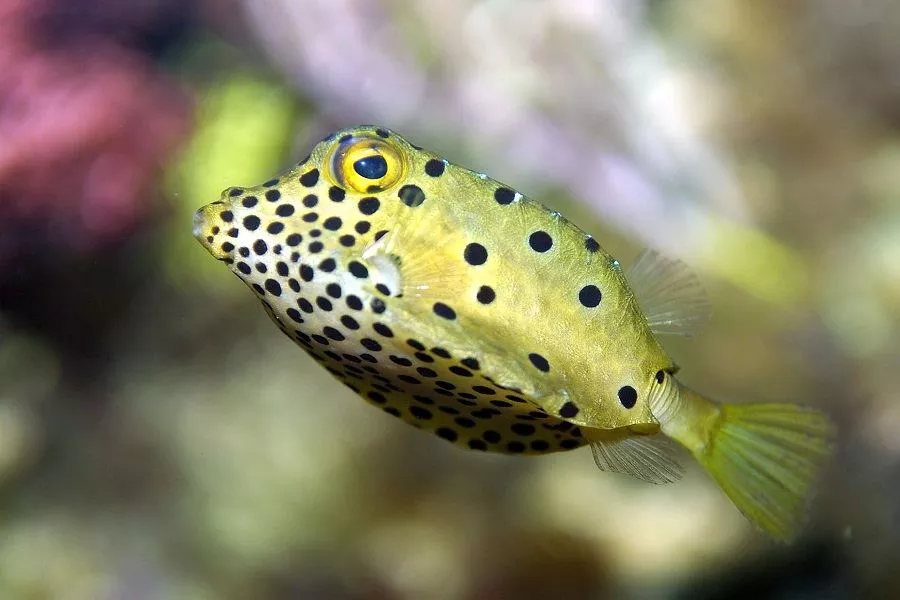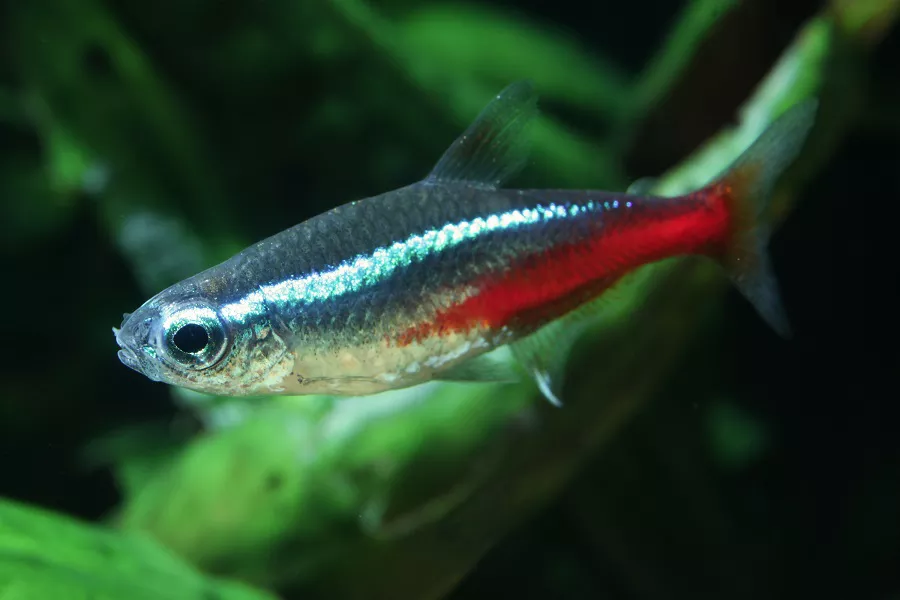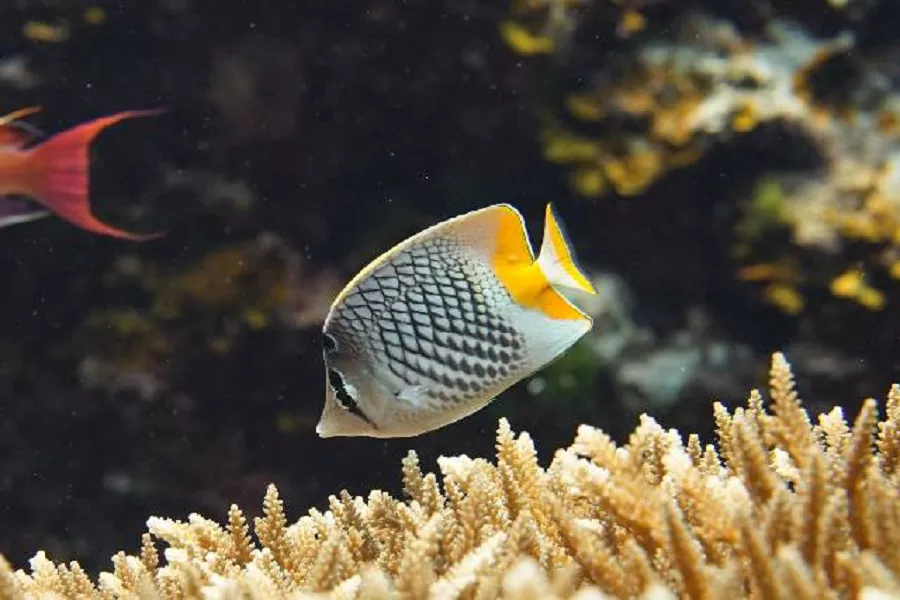What is chaetodon ulietensis?
Chaetodon ulietensis, is a butterfly fish family, butterfly fish. Belongs to ornamental fish. Mild temperament, easy to raise, and brightly colored, it is one of the most popular species of marine fish today.
What does chaetodon ulietensis look like?
The body is tall and oval; the upper profile of the head is straight and the nose is concave. The snout is prominent and pointed. Anterior nostrils with nasal flaps. Anterior opercular margin with fine serrations; opercular membrane connected to isthmus. The teeth of the two jaws are densely arranged, with 7-9 rows of the upper and lower teeth. Body covered with large scales, rhombic; lateral line rises sharply upward to below spines IX-X of dorsal fin and descends below terminal margin of dorsal fin base. Single dorsal fin, spine XII, soft rays 23-24; anal fin spine III, soft rays 19-21. Body yellowish-brown or light-colored; 17-18 vertical fine lines on body side; head with black eye band about equal to eye diameter, extending only down to opercular margin; body side between fourth to seventh dorsal spines and There is a wide black band between the last dorsal spine and the lower part of the first soft strip; the caudal peduncle has a black eye spot. The dorsal and anal fins are golden yellow; the remaining fins are pale or yellowish. The maximum body length is 15 cm.
chaetodon ulietensis living habits
The habitat depth is 1 to 30 meters. Mainly inhabits coral-rich lagoons, but occasionally occurs in sea-facing coral reefs. Juveniles inhabit harbors and estuaries; adults live alone, in pairs or in small groups. Omnivorous, mainly polyps, small invertebrates, animal debris and algal debris. During the breeding season, the male fish guards the female fish, and mates at dusk. The male fish rubs the abdomen of the female fish with his kiss or head to stimulate ovulation. After the eggs are fertilized, they drift with the sea.
chaetodon ulietensis rearing
The chaetodon ulietensis species are generally raised in aquariums of more than 250 liters, and can be mixed with other butterfly fish species, requiring sufficient hiding places and activity spaces. Do not put in reef tanks, will eat corals, anemones and hard corals. Mainly distributed in the coral reef waters of the Indo-Pacific, the distribution range includes the Cocos-Keeling Atoll to the Tumutu Islands, and the north to the waters of Japan. Inhabits coral-rich lagoons at depths of 2-30 meters, and occasionally occurs in the Sea Shan Reef.


























